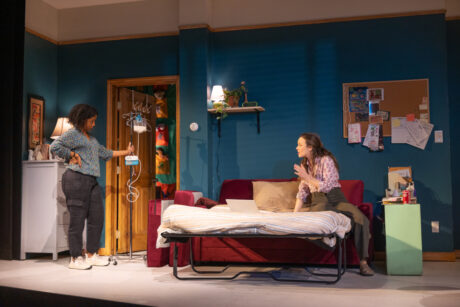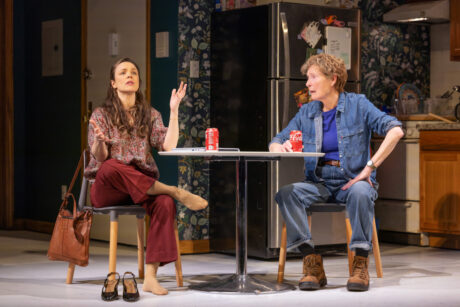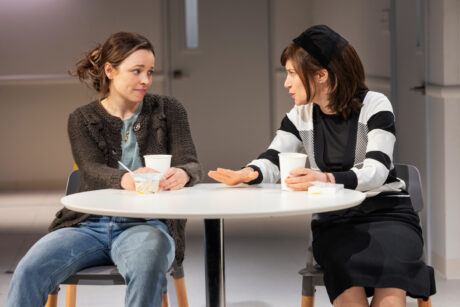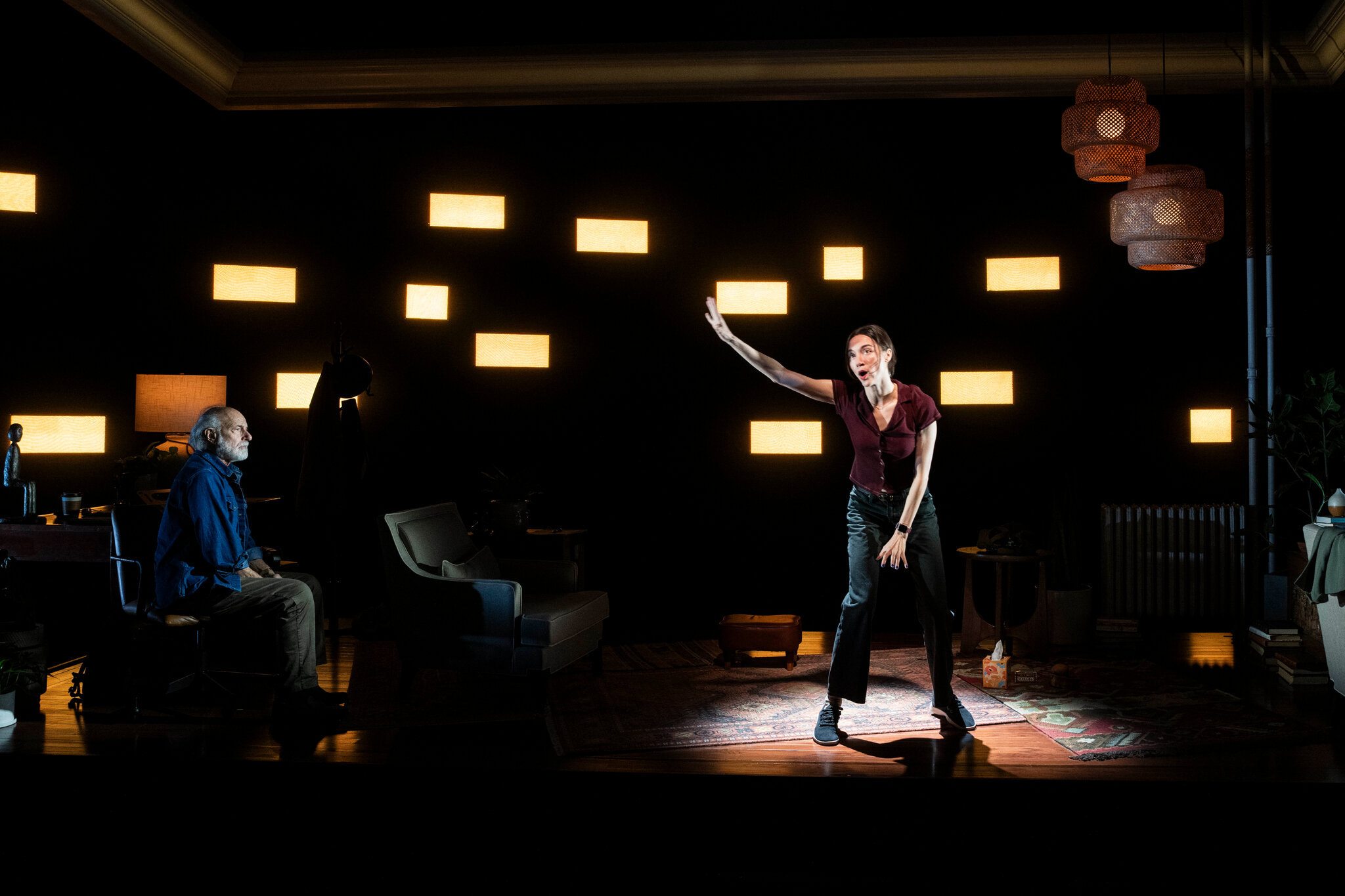
Indominable hope in the face of tragedy takes center stage in Mary Jane on Broadway. The intimate play revolves around Rachel McAdams as the single mother of a critically ill toddler and the women in her orbit that form her support system. The play was delicately lit by Ben Stanton using Source Four fixtures, programmed on an Eos Ti.
 “Rachel McAdams’ character Mary Jane is the heart of this story, so I worked hard to make sure the audience could always have access to her on stage,” says Stanton. “The lighting for Mary Jane is incredibly simple. I never wanted people to be thinking about anything other than the story and the characters.”
“Rachel McAdams’ character Mary Jane is the heart of this story, so I worked hard to make sure the audience could always have access to her on stage,” says Stanton. “The lighting for Mary Jane is incredibly simple. I never wanted people to be thinking about anything other than the story and the characters.”
The play spends its first act in Mary Jane’s small Queens apartment where she lives with her sick son. “The protagonist in this story doesn’t have a lot of money, so we wanted to be really specific about how she lights her apartment, and in architectural details like how much natural light there is in that space,” says Stanton. “It’s not going to be the brightest, most beautiful apartment you’ve ever seen but it was important that the space was warm and inviting.” In the play’s second act, we find Mary Jane in the intensive care unit of a hospital while her son undergoes treatment. “We contrast the warmth of her apartment with the institutional, shadowless lighting of a hospital. It’s still beautiful in its way. It’s just a very clean, cold beauty.”
 The fixture capable of holding these two worlds in one was ETC’s Source Four LED Series 2 luminaires with the Lustr array. “They’re beautiful lights,” says Stanton. The Lustr array’s addition of lime-green to the color spectrum introduces a nuanced liveliness to white light that makes even the simplest of lighting schemes sing. Series 2’s 15-bit virtual dimming engine makes fades reliably smooth and delicate, keeping your performance looking seamless.
The fixture capable of holding these two worlds in one was ETC’s Source Four LED Series 2 luminaires with the Lustr array. “They’re beautiful lights,” says Stanton. The Lustr array’s addition of lime-green to the color spectrum introduces a nuanced liveliness to white light that makes even the simplest of lighting schemes sing. Series 2’s 15-bit virtual dimming engine makes fades reliably smooth and delicate, keeping your performance looking seamless.
“I like to think of set designs as sculptures. I find that most sets (like sculptures) have ways they want to be lit. There’s usually a directional, dynamic energy moving through most set designs, and I like to respond to that energy with different qualities and directions of light. It’s a way of finding organic design choices that don’t repeat from scene to scene, and I used this technique in the design for Mary Jane.”
The show was programmed by Marc Polimeni on an Eos Ti. With its intuitive, common-sense syntax and reliably powerful hardware, Eos provided a stable foundation to let the work on stage shine without any hiccups. “Eos consoles have really set the standard for what a console should be capable of,” says Stanton.
 “I’m always looking for the most elemental and simple way of bringing anything on stage to life,” Stanton says. From minimalist to maximalist, ETC gear can bring any theatrical story to life. “I think it’s remarkable the way ETC technology has affected change in the way people are able to tell stories on stage.”
“I’m always looking for the most elemental and simple way of bringing anything on stage to life,” Stanton says. From minimalist to maximalist, ETC gear can bring any theatrical story to life. “I think it’s remarkable the way ETC technology has affected change in the way people are able to tell stories on stage.”
Further information from ETC: etcconnect.com



